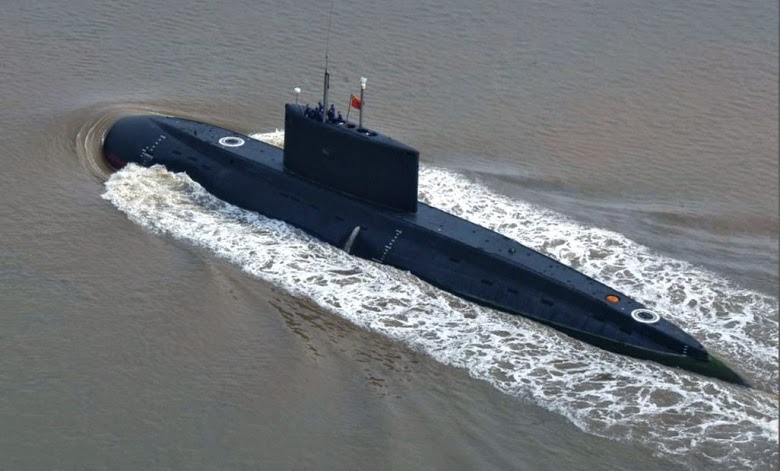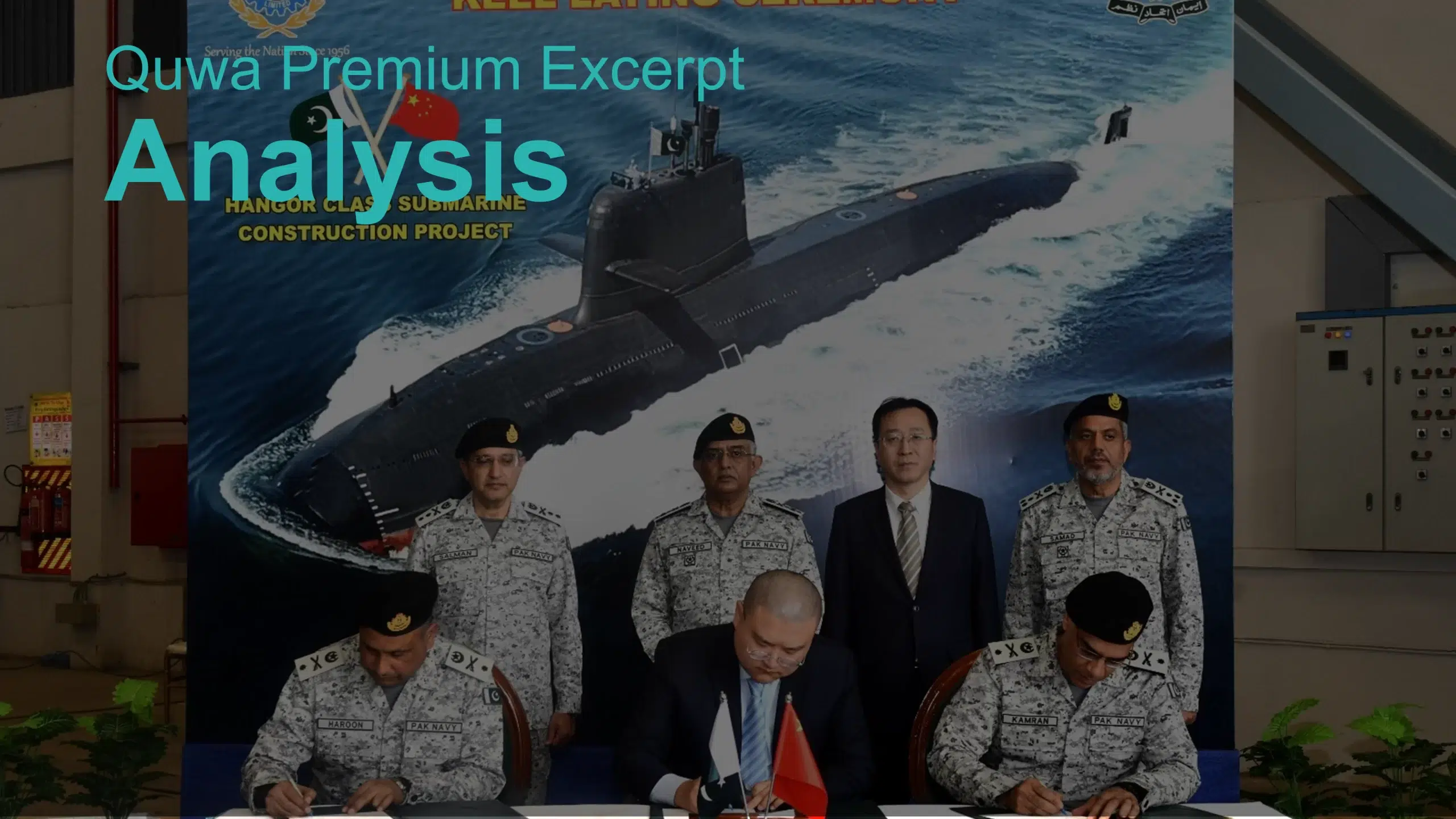2957Views 3Comments

India may step away from additional Scorpene submarines
According to Reuters, the Government of India is unlikely to add to its current order of six Scorpene-class conventional submarines for the Indian Navy.
Following the aftermath of a major classified information leak from DCNS, Indian defence ministry officials have told Reuters that the Scorpene order will remain at the six ships presently under construction.
In effect, DCNS – which is co-owned by the French government – will not benefit from a follow-on order, which it reportedly been pushing for over the past year.
The Indian government has recently approved the pursuit of eight newer conventional submarines. This potential tender has drawn interest from a number of DCNS’s competitors, most notably ThyssenKrupp Marine Systems (TKMS) in Germany.
Notes, Comments & Analysis:
There is little doubt that DCNS’s medium-term commercial prospects are in a precarious position. To what extent the leak has impacted the confidence of the company’s overseas customers remains to be seen, though it appears that India has taken the issue to task.
However, it must be noted that while DCNS may be affected, the wider French defence industry is very close to securing a series of lucrative gains in India through the Indian Air Force (IAF)’s much anticipated Rafale order. The proposal for 36 aircraft as well as heavy commercial offset concessions was forwarded to the Indian Prime Minister’s Office (PMO) at the end of last month. In other words, France and India’s defence relationship will not suffer, at least not substantially enough to warrant a clear pivot from France.
The Indian Navy’s post-Scorpene submarine program could be an interesting case. Considering that the Defence Research and Development Organization (DRDO) has developed its own air-independent propulsion (AIP) system, which is slotted for use on the last two of six Indian Navy Kalvari-class (Scorpene) submarines, it would be surprising to see New Delhi completely dismiss the idea of an indigenously designed conventional submarine. Alternatively, some minds in the Navy may ultimatley prefer a credible conventional submarine vendor such as TKMS to offer a mature – but highly customized – solution.



3 Comments
by GhalibKabir
Not a surprising decision. A derivative of the type 214 could be likely. However, I do hear in India that revised policies could mean even the Amur 1650 could be in play. Personally speaking I would go for 12 Type 214 with 6 delivered outright and 6 made in India to absorb expertise/ensure more subs in the Arabian sea’s shallow waters simultaneously.
by MT
India should invest in local diesel submarine program– Meanwhile its time to scale up SSN & next gen SSBN program– Nuclear ballistic submarine and nuclear attack submarine is the way to go for Indian navy!
by GhalibKabir
Your posts usually make for good reading. I think the likes of L&T are being roped in into a domestic SSK anyway. My point is we need parallel efforts to both increase numbers/absorb tech via the TKMS 214/Amur 1650 route and also develop domestic PAFC AIP SSKs based on the Kilo/Scorpene/209 lessons learnt.
On the SSN thing, I think given the combination of waters (shallow/deep) and roles (carrier escort/littoral ops), SSKs will play a key role esp. in the littoral waters of the Arabian Sea. That is why some of the hints on an ideal submarine force (6 SSBNs, 6-8 SSNs, 20-25 SSKs) make a lot of sense.
What will also be interesting is to explore investments in the equivalent of underwater drones having passive/active sonars and equivalent of a harop UAV that can navigate at higher speeds underwater to hit a Chinese SSN..
if that can be complemented with advanced towed sonars in the kamorta class, airborne surveillance from S-70s, P-8s and MQ-4, it will make a formidable defense supporting surface assets… (Side Note: of course it will be nice to see a 150 VLS destroyer/cruiser with the Pradyumna type air defense system giving an umbrella cover of 300 kms combined with 32 VLS Nirbhay incl.)